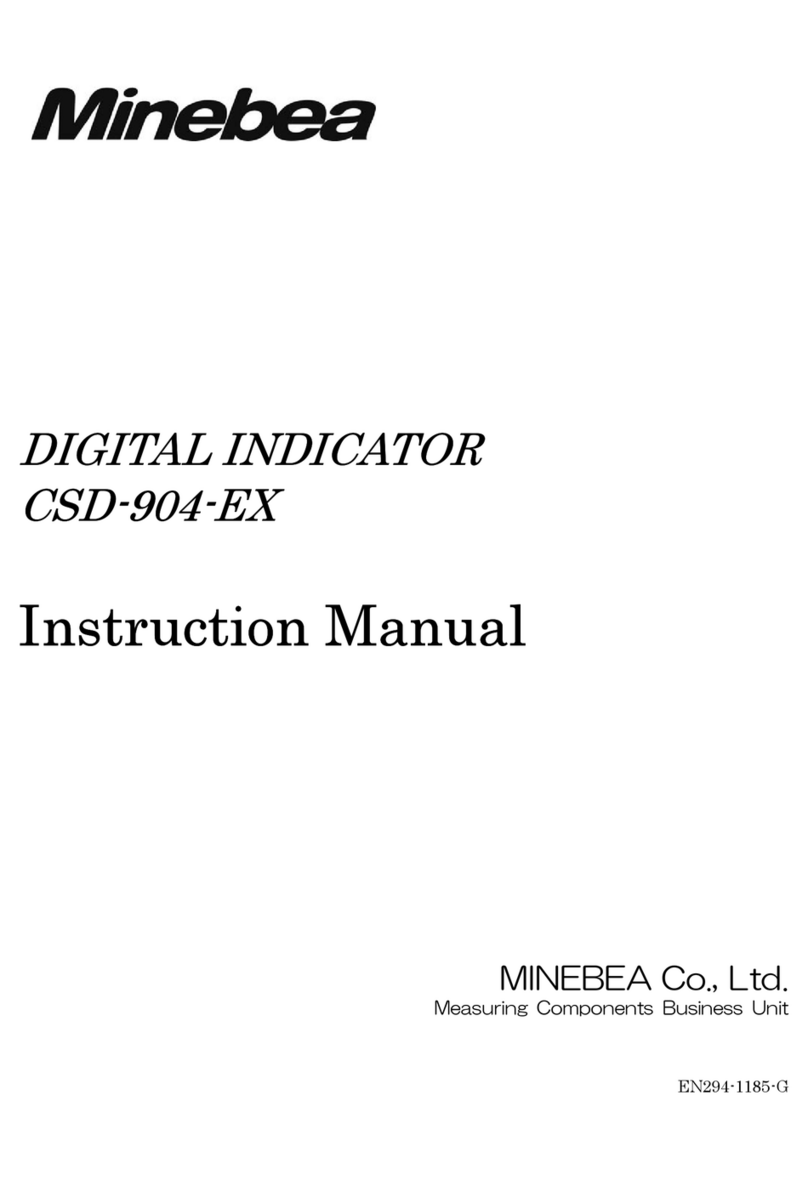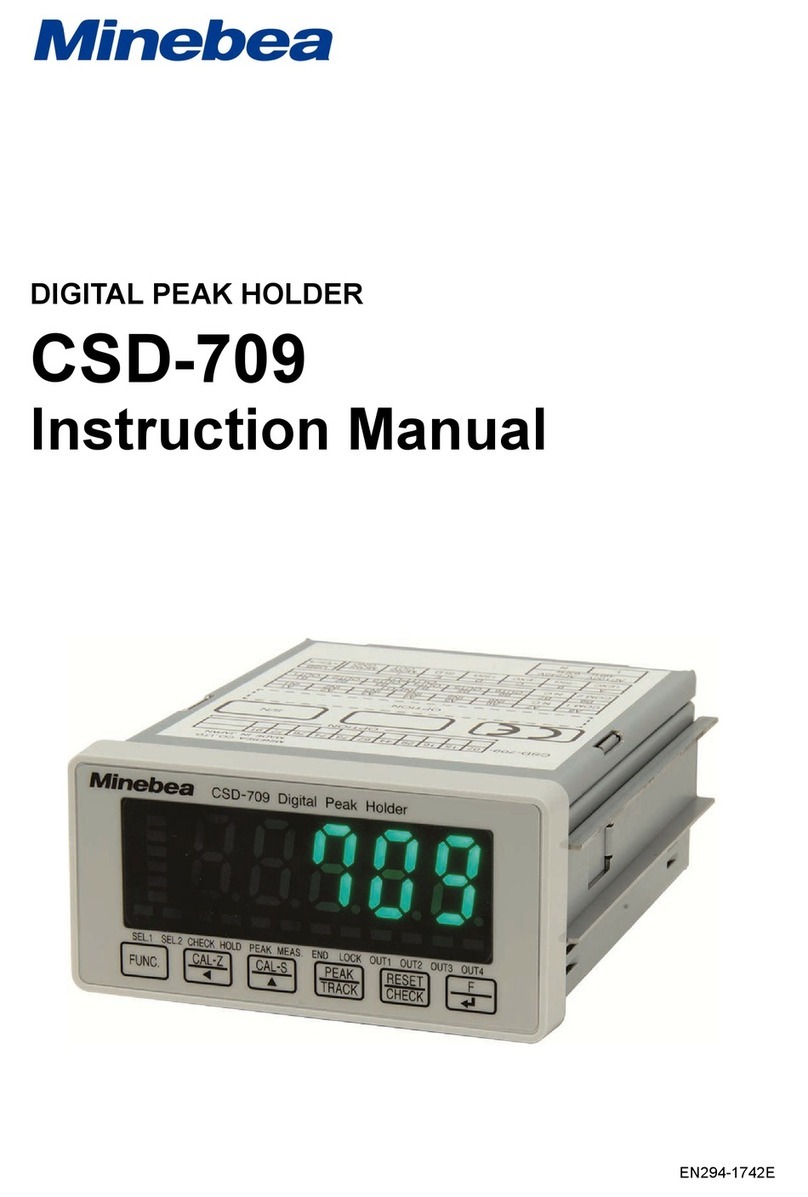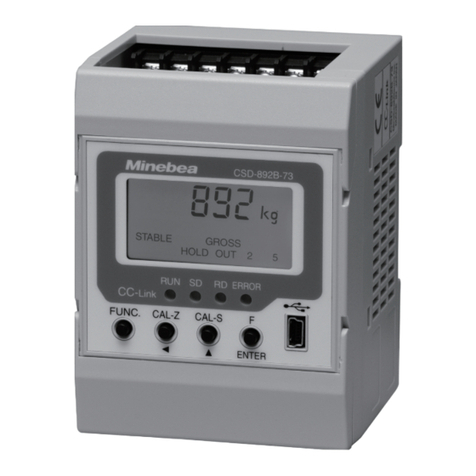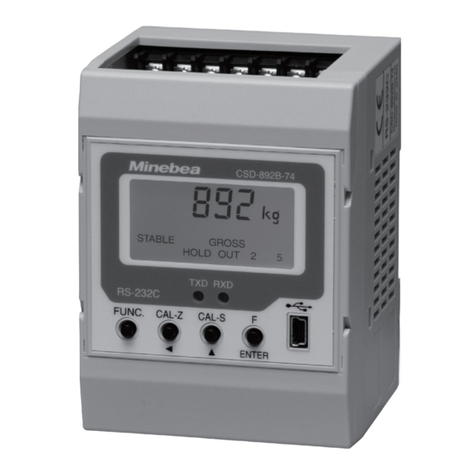Minebea CSD-581-74 User manual
Other Minebea Measuring Instrument manuals
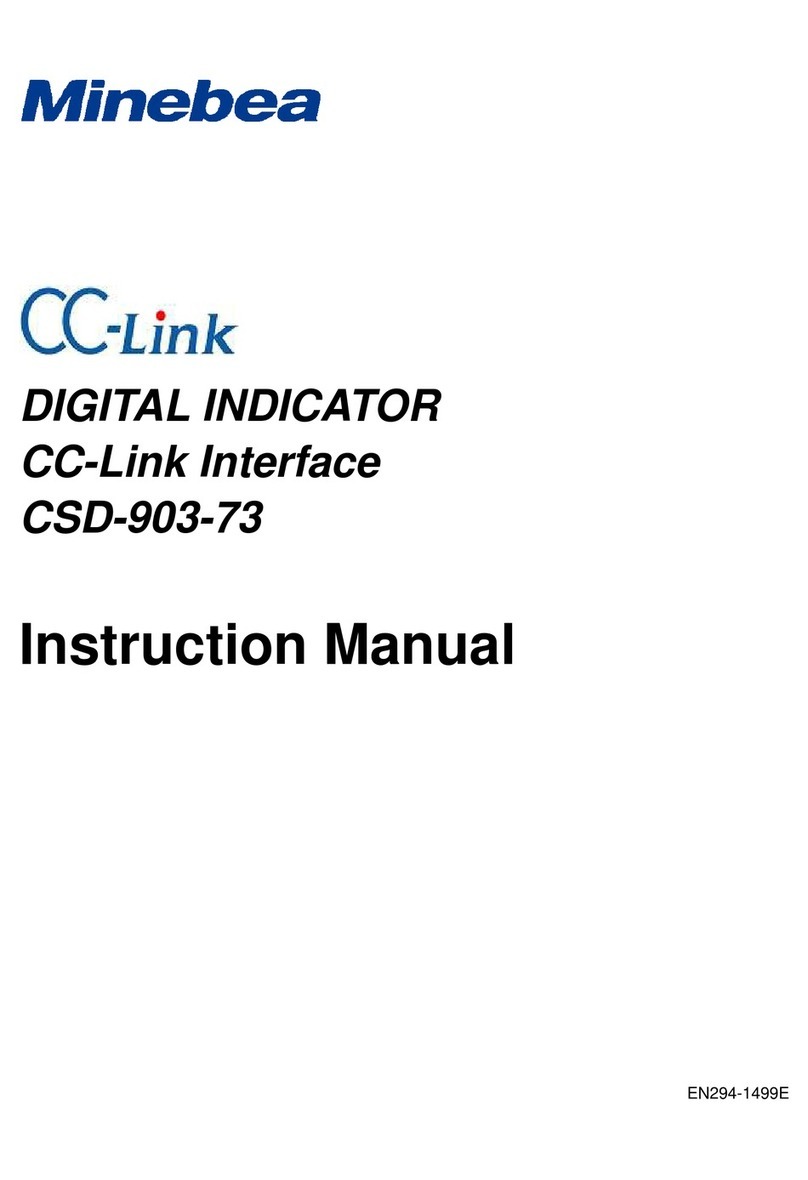
Minebea
Minebea CSD-903-73 User manual
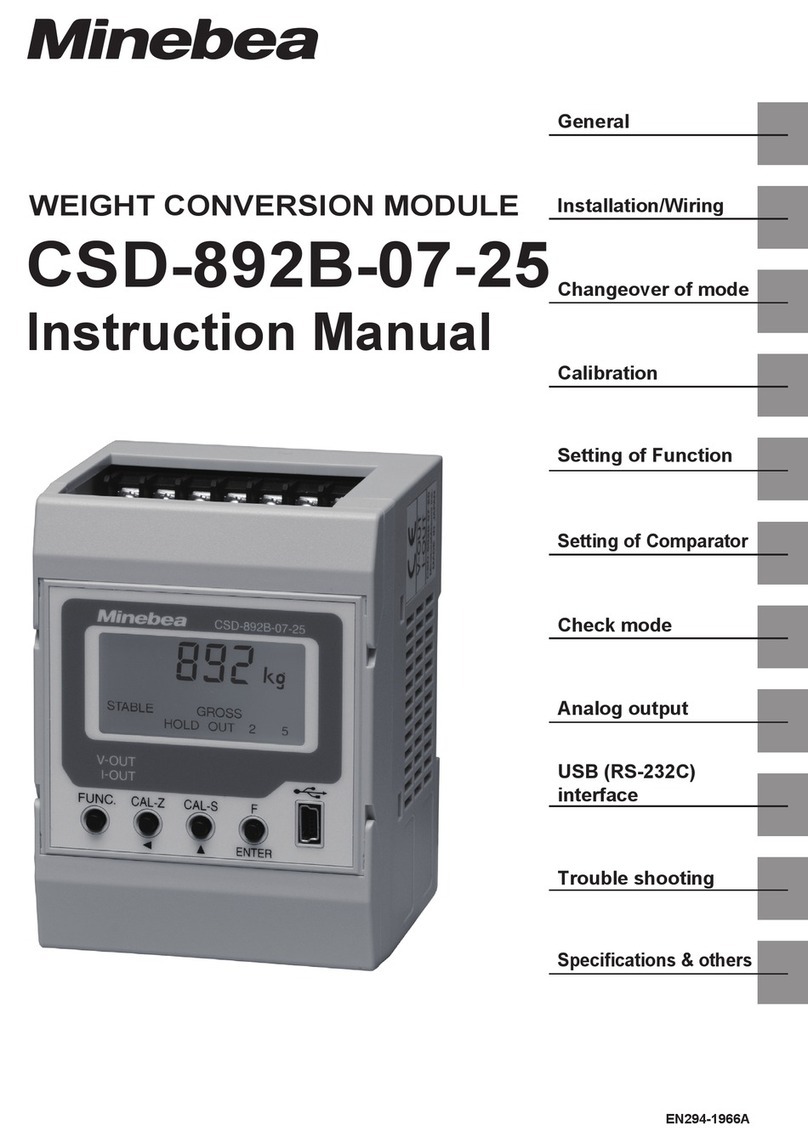
Minebea
Minebea CSD-892B-07-25 User manual
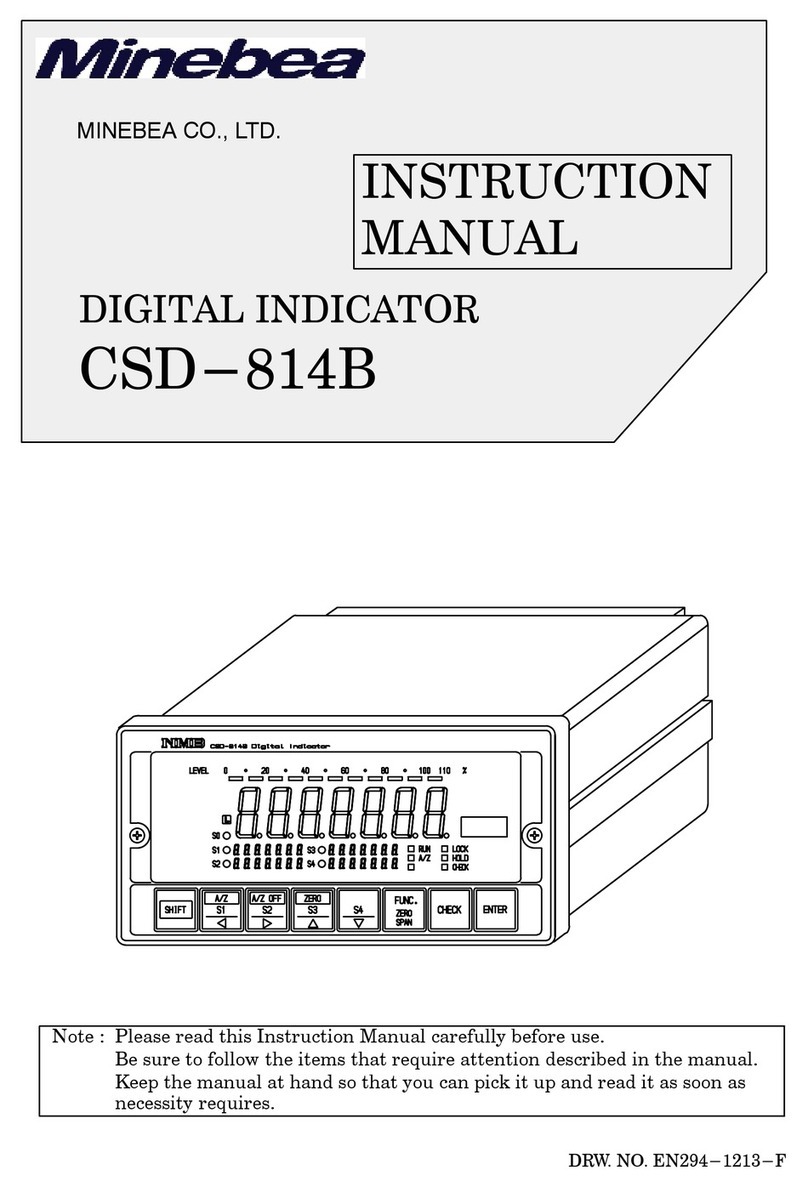
Minebea
Minebea CSD-814B User manual
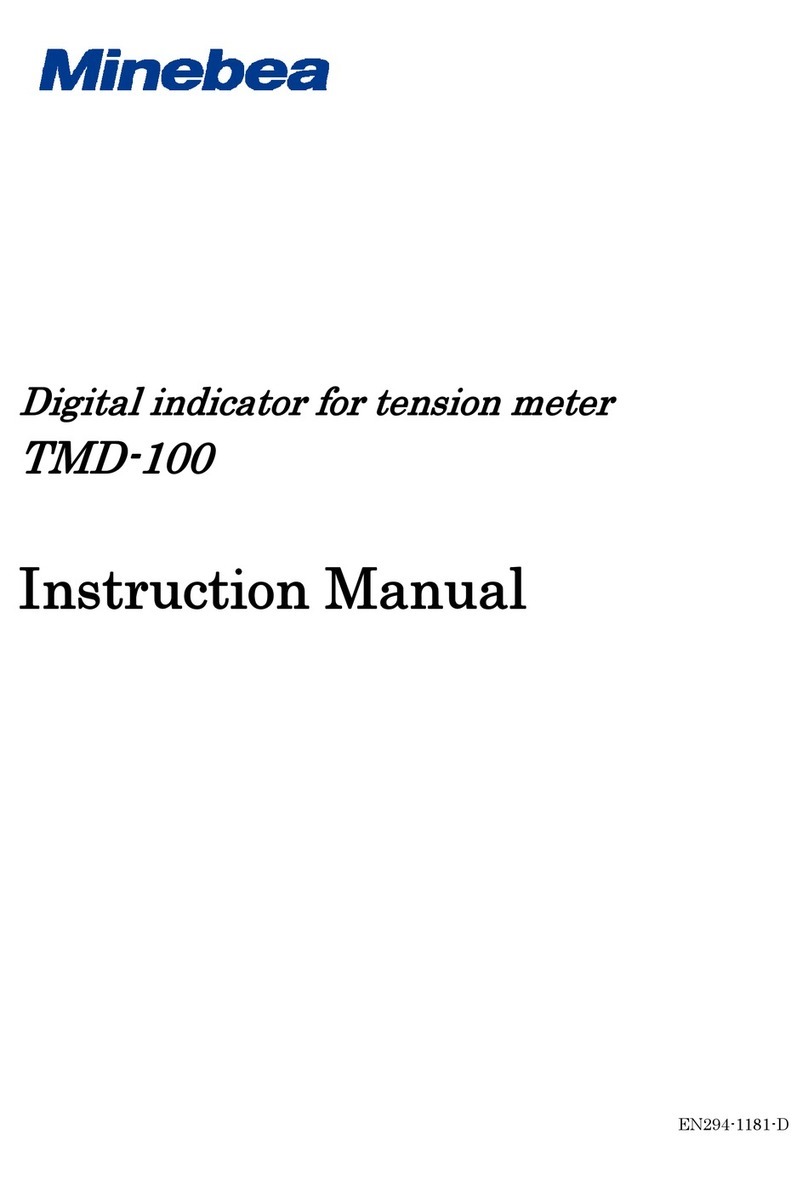
Minebea
Minebea TMD-100 User manual
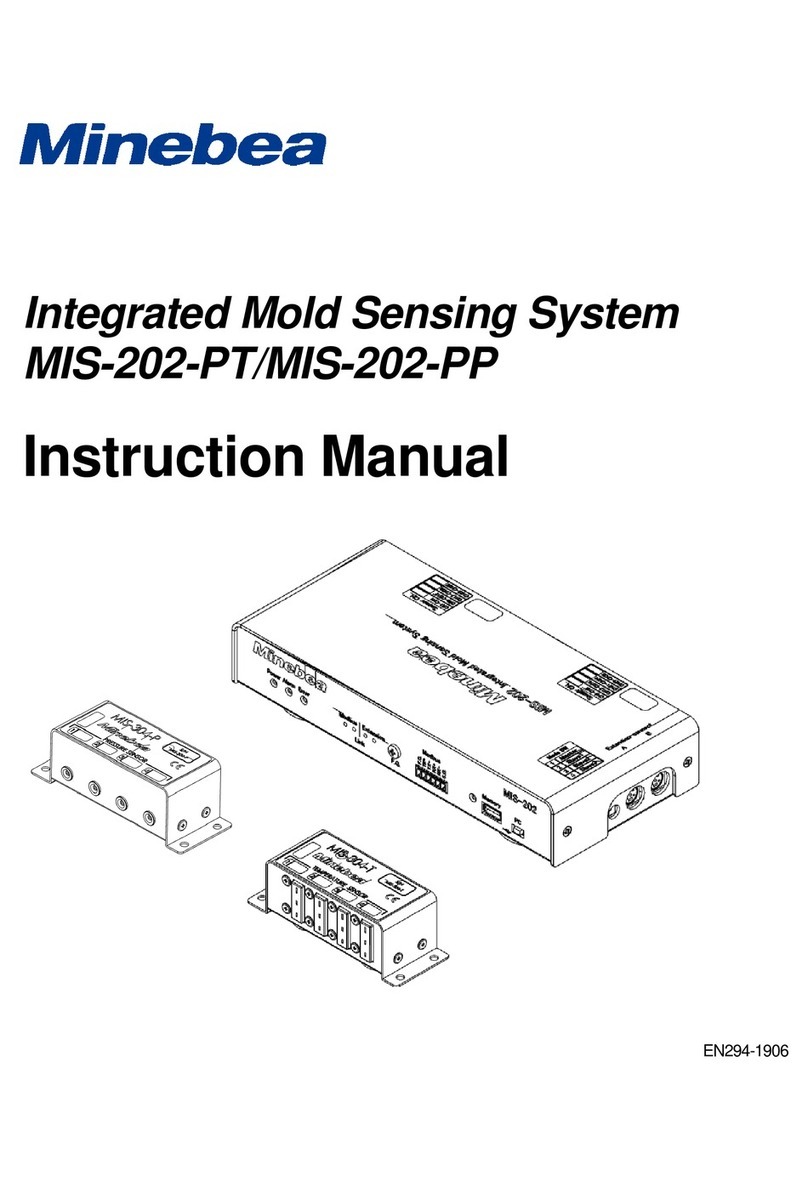
Minebea
Minebea MIS-202-PT User manual

Minebea
Minebea CSD-891B User manual
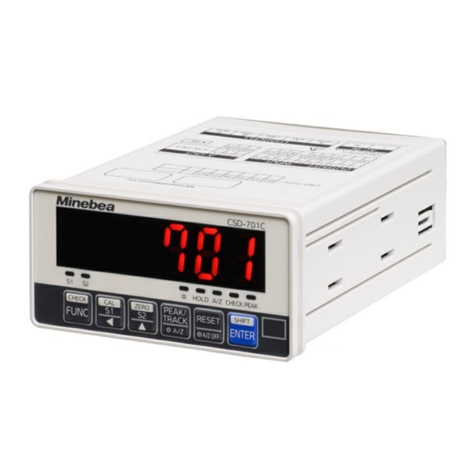
Minebea
Minebea CSD-701C User manual

Minebea
Minebea MIS-202-PT User manual
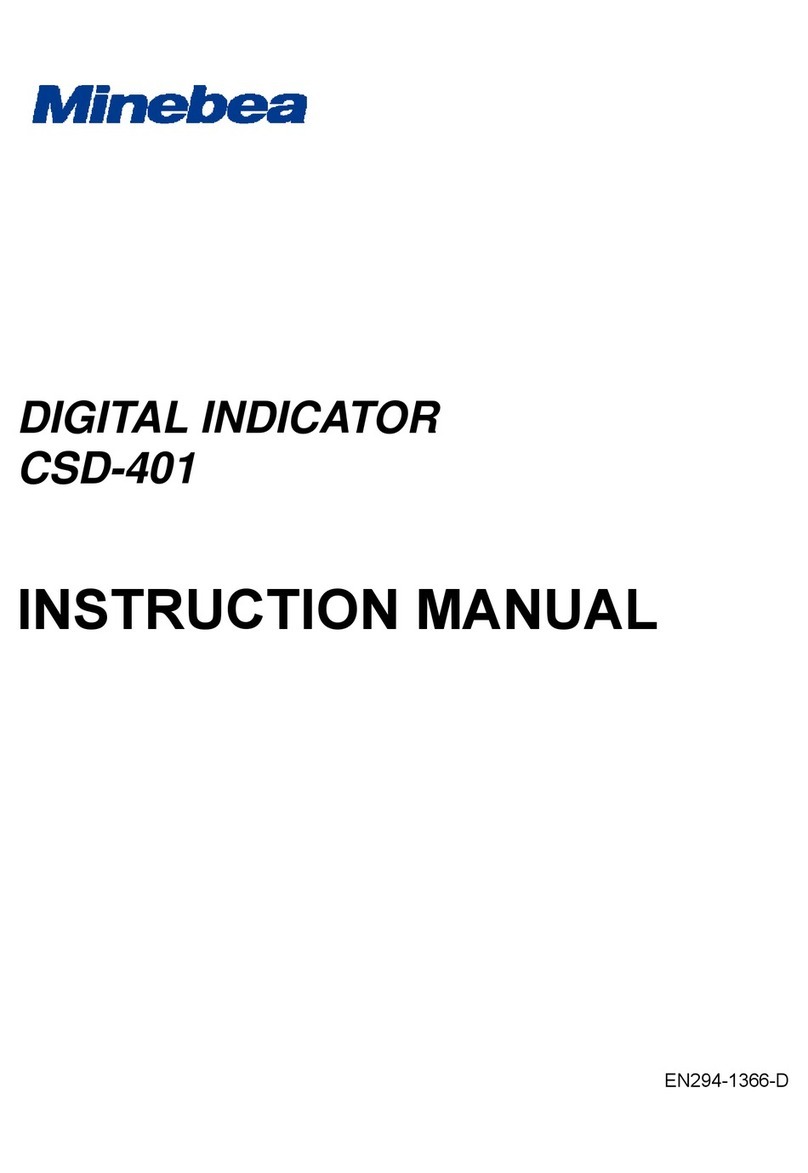
Minebea
Minebea CSD-401 User manual

Minebea
Minebea CSD-801 User manual
Popular Measuring Instrument manuals by other brands

Powerfix Profi
Powerfix Profi 278296 Operation and safety notes

Test Equipment Depot
Test Equipment Depot GVT-427B user manual

Fieldpiece
Fieldpiece ACH Operator's manual

FLYSURFER
FLYSURFER VIRON3 user manual

GMW
GMW TG uni 1 operating manual

Downeaster
Downeaster Wind & Weather Medallion Series instruction manual

Hanna Instruments
Hanna Instruments HI96725C instruction manual

Nokeval
Nokeval KMR260 quick guide

HOKUYO AUTOMATIC
HOKUYO AUTOMATIC UBG-05LN instruction manual

Fluke
Fluke 96000 Series Operator's manual

Test Products International
Test Products International SP565 user manual

General Sleep
General Sleep Zmachine Insight+ DT-200 Service manual
